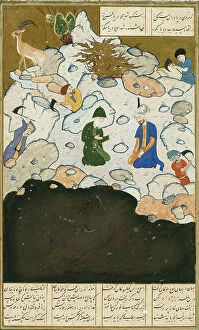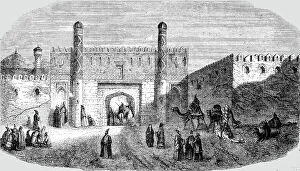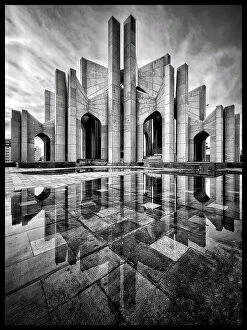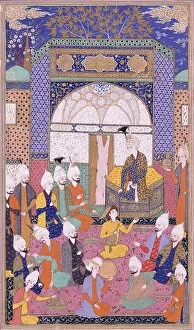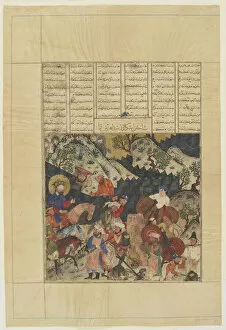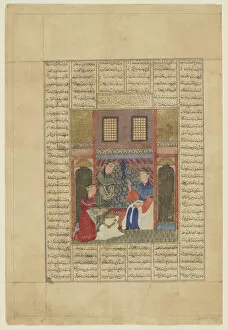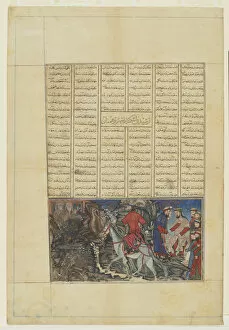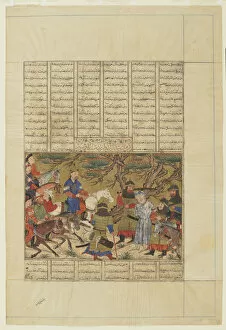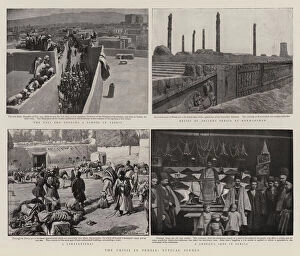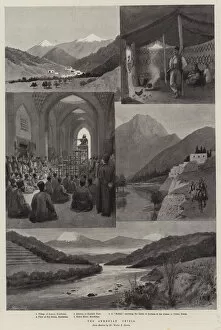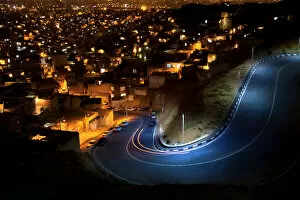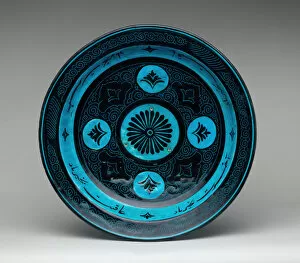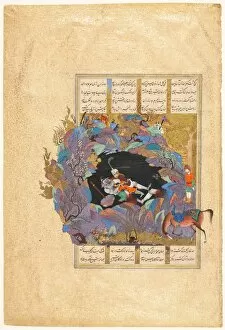Tabriz Collection
Tabriz, a city in the East Azerbaijan province of Iran, is steeped in rich history and cultural heritage
All Professionally Made to Order for Quick Shipping
Tabriz, a city in the East Azerbaijan province of Iran, is steeped in rich history and cultural heritage. From its association with the Shah of Persia to its stunning architectural marvels, it has much to offer. One cannot mention Tabriz without acknowledging its connection to the Shah of Persia. The city served as an important political and economic center during his reign, leaving behind a legacy that still resonates today. The vintage steam locomotive that once traversed the streets stands as a testament to its industrial past. It symbolizes progress and development while reminding us of a bygone era. In the Azerbaijan State Museum of Art in Baku, one can find a detailed glazed vessel from 18th-century Tabriz. This artifact showcases the exquisite craftsmanship and artistic prowess that was prevalent during that time. The Blue Mosque, built in 1465, is another jewel in Tabriz's crown. Its intricate tile work and grandeur make it a must-visit for anyone exploring this enchanting city. Another notable mosque is Saheb-ol-Amr Mosque, which also resides within Tabriz's boundaries. Its architectural beauty reflects Islamic artistry at its finest. Tabriz is renowned for its carpets, such as Carpet Four Seasons from the second half of the 19th century. These masterpieces display intricate designs and vibrant colors that have captivated people worldwide for centuries. Haji Jalili Tabriz carpet from the late 19th century showcases exceptional wool weaving techniques passed down through generations. Each thread tells a story woven into every inch of these remarkable carpets. While history may be preserved within museums and artifacts, sometimes tragedy strikes unexpectedly. "Tired Of Fire" depicts moments when fire ravaged parts of historic buildings in Tabriz but serves as a reminder to preserve our heritage diligently. A fragment from North West Persia reveals an exquisite medallion and cartouche carpet design unique to Tabriz.


